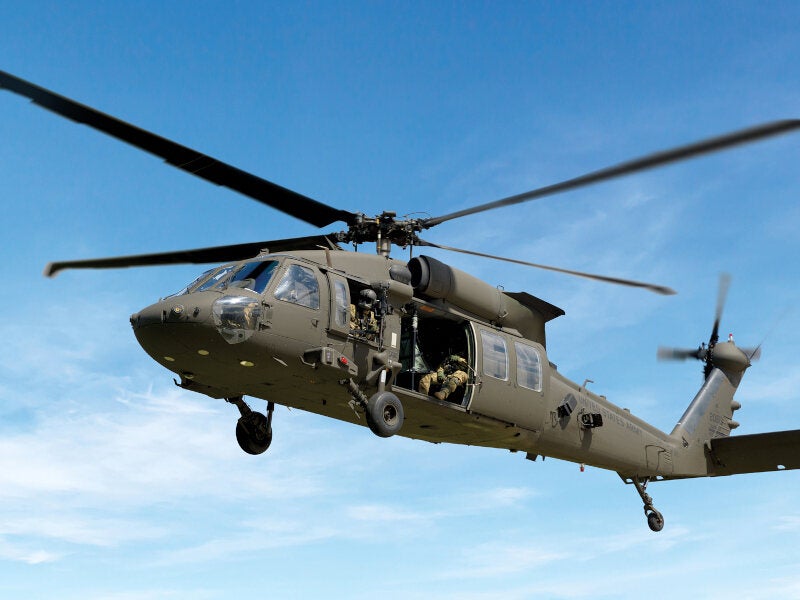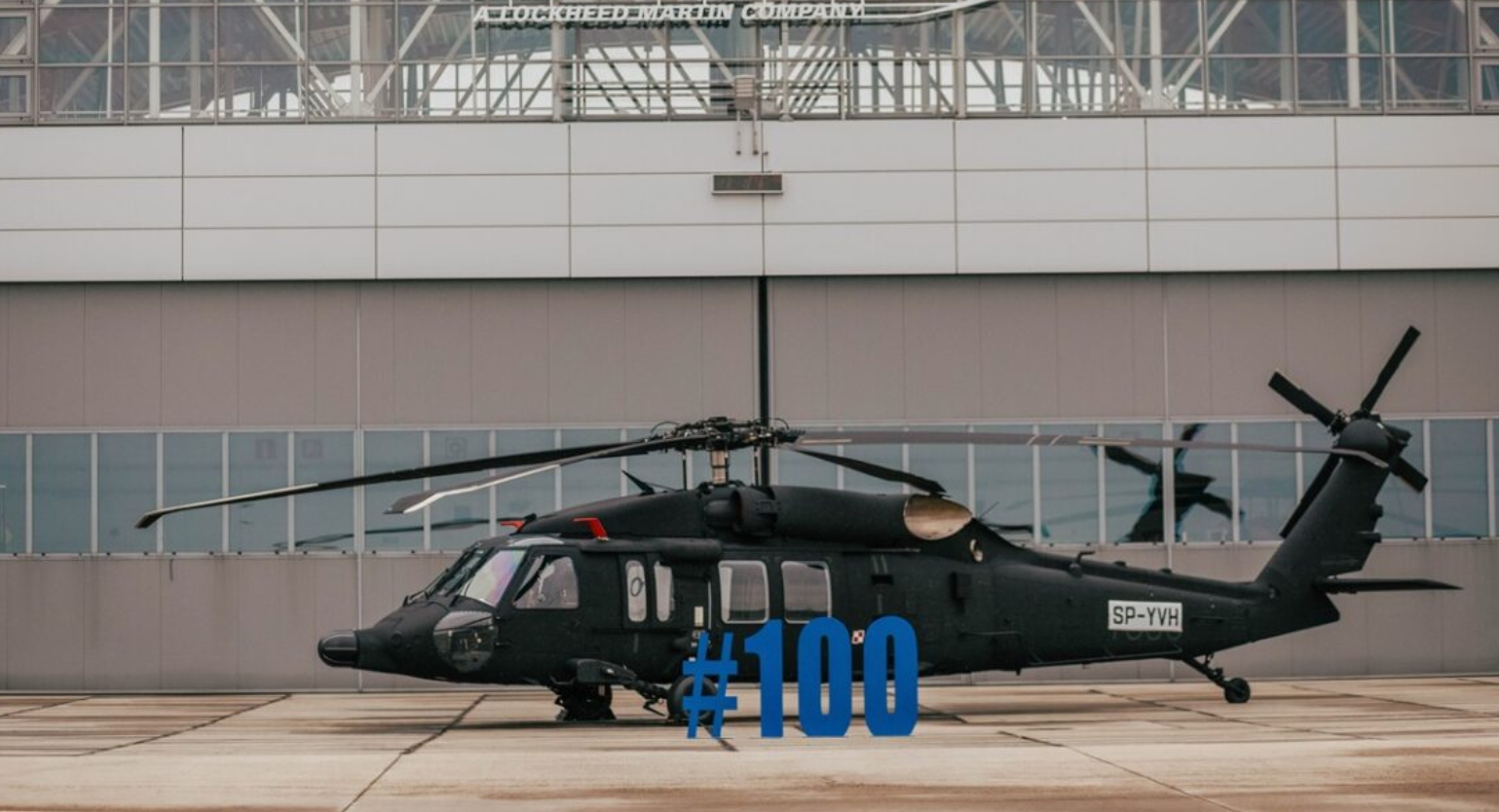Inside the Sikorsky S 70: What Sets This Helicopter Apart from Its Competitors
High-Performance Multi-Role Rotorcraft Featuring Advanced Cabin Technologies and Integrated Sensing Unit Solutions
The world of rotorcraft technology has actually seen notable advancements in recent times, specifically in the world of high-performance multi-role rotorcraft geared up with innovative cabin modern technologies and flawlessly integrated sensor systems. These advancements have not only augmented the operational abilities of rotorcraft yet have also substantially influenced modern-day aeronautics operations on various fronts. From enhanced objective adaptability to boosted functional performance, the merging of innovative cabin modern technologies and incorporated sensing unit systems has actually introduced a brand-new age of opportunities for rotorcraft applications. In the complying with discussion, we will check out the evolution of rotorcraft technology, explore the realm of innovative cabin technologies, and check out the effects of incorporated sensor systems on the operational versatility and performance of modern-day rotorcraft.
Evolution of Rotorcraft Modern Technology
The development of rotorcraft technology has actually been noted by considerable advancements in aerodynamics, products, and propulsion systems, shaping the abilities and efficiency of modern-day rotorcraft. Aerodynamic renovations have boosted the efficiency and ability to move of rotorcraft, enabling boosted rate, agility, and stability throughout trip (sikorsky s 70). Developments in products, such as the usage of composite materials and advanced alloys, have actually brought about lighter yet stronger rotorcraft frameworks, boosting general performance and toughness. Additionally, improvements in propulsion systems, consisting of much more effective engines and cutting-edge propulsion technologies, have made it possible for rotorcraft to attain higher altitudes, faster speeds, and better payloads.
These advancements have not only changed the capacities of rotorcraft yet have actually likewise broadened their applications across various industries, consisting of army, industrial, and emergency services. The continuous evolution of rotorcraft innovation continues to drive innovation in the field, pushing the borders of what is feasible and shaping the future of upright trip.
Advanced Cockpit Innovations
Structure upon the fundamental improvements in aerodynamics, products, and propulsion systems, the realm of rotorcraft technology currently moves focus in the direction of pioneering Advanced Cabin Innovations. The combination of innovative technologies within the cabin atmosphere plays an important role in boosting the operational capacities, security, and performance of contemporary rotorcraft. sikorsky s 70. Advanced Cockpit Innovations incorporate a broad array of functions created to provide pilots with boosted situational awareness, structured data administration, and intuitive control interfaces
Among the essential innovations in cockpit style is the implementation of glass cockpits, which change traditional analog assesses with high-resolution display screens. These digital systems use customizable layouts, real-time data combination, and enhanced readability, making it possible for pilots to gain access to essential info at a look. Additionally, progressed avionics systems, such as fly-by-wire controls and boosted reality display screens, are reinventing just how pilots interact with the aircraft, permitting specific control and enhanced decision-making capabilities.


Incorporating innovative cockpit advancements not only boosts pilot performance however additionally contributes to general goal effectiveness and security in intricate operational atmospheres. By leveraging modern technologies within the cockpit, rotorcraft suppliers are setting new criteria for functional quality and mission success.
Integrated Sensor Solutions
With the advancement of rotorcraft modern technology, the integration of advanced Integrated Sensor Systems has ended up being extremely important in enhancing operational efficiency and security. These Integrated Sensor Solutions include a vast selection of technologies that provide vital information for different features such as navigation, monitoring, targeting, and environmental tracking. By perfectly integrating sensors like radars, video cameras, lidar, and infrared systems into rotorcraft, operators can profit from boosted situational awareness, boosted goal capacities, look at this now and minimized pilot work.
One secret advantage of Integrated Sensor Equipments is their capacity to gather real-time data and provide workable understandings to pilots and objective operators. Advanced radar systems can spot and track targets over long ranges, permitting for early danger detection and effective action preparation. In addition, integrating electro-optical and infrared cameras allows rotorcraft to conduct reconnaissance and monitoring missions with accuracy and accuracy.
Basically, the integration of cutting-edge sensing unit modern technologies right into rotorcraft not only boosts operational performance but additionally adds significantly to overall mission success and staff safety and security. As rotorcraft continue to advance, the duty of Integrated Sensing unit Solution will certainly continue to be at the forefront of technology in the aerospace sector.
Operational Convenience and Performance
Enhancing functional versatility and effectiveness in rotorcraft is an all-natural development from the assimilation of sophisticated Integrated Sensing unit my website Systems. By leveraging the information and insights offered by these innovative sensing unit systems, rotorcraft can maximize their performance across numerous objectives and environments.
Functional adaptability includes the ability of rotorcraft to adapt to various roles and situations efficiently. With advanced cockpit modern technologies and integrated sensor systems, rotorcraft can flawlessly transition between tasks such as search and rescue, medical evacuation, security, and much more. This flexibility enhances the rotorcraft's capacity to satisfy varied operational demands without needing comprehensive reconfiguration.
Performance in rotorcraft operations is important for taking full advantage of mission performance and source application. Integrated sensor systems play a critical role in improving functional performance by supplying real-time information on climate condition, terrain mapping, target tracking, and more. This information enables pilots to make educated decisions quickly, enhance flight paths, save fuel, and boost general objective productivity.
Effect on Modern Air Travel Procedures

Moreover, the integration of sophisticated sensing units helps with boosted mission planning and implementation, enabling rotorcraft to carry out a variety of jobs with boosted precision. From search and rescue procedures to aerial firefighting and police missions, the abilities of contemporary rotorcraft outfitted with advanced cockpit modern technologies and incorporated sensor systems are unequaled.
Moreover, the impact of these improvements expands past functional efficiency to cost-effectiveness and sustainability. By optimizing flight paths, fuel intake, and maintenance routines, high-performance rotorcraft geared up with sophisticated cabin modern technologies and sensing units add to reducing operational costs and environmental impact, making them essential possessions in contemporary air travel operations.
Final Thought
Finally, the high-performance multi-role rotorcraft with sophisticated cockpit innovations and integrated sensor systems stands for a substantial advancement in aeronautics technology. These advancements boost functional convenience and performance, eventually affecting contemporary aviation procedures in a favorable method. The integration of these advanced technologies permits enhanced abilities and performance in various goal situations, showcasing the continued advancement of rotorcraft modern technology in the air travel industry.
The world of rotorcraft innovation has seen remarkable innovations in recent times, particularly in the world of high-performance multi-role rotorcraft geared up with sophisticated cockpit technologies and flawlessly integrated sensing unit systems. From improved goal flexibility to boosted operational performance, the convergence of innovative cockpit modern technologies and integrated sensing unit systems has ushered in a brand-new era of possibilities for rotorcraft applications. In the adhering to discussion, we will certainly explore the development of rotorcraft modern technology, dig right into the world of advanced cabin innovations, and take a look at the effects of integrated sensor systems on the operational versatility and effectiveness of contemporary rotorcraft.
